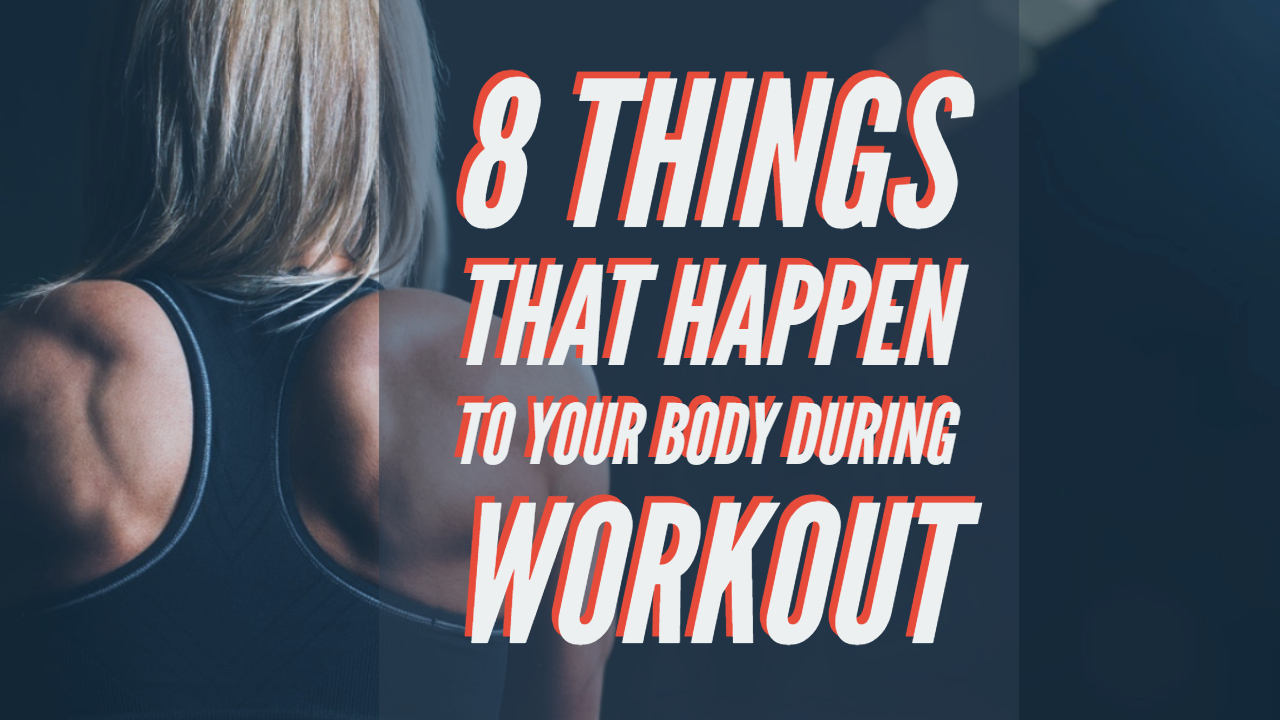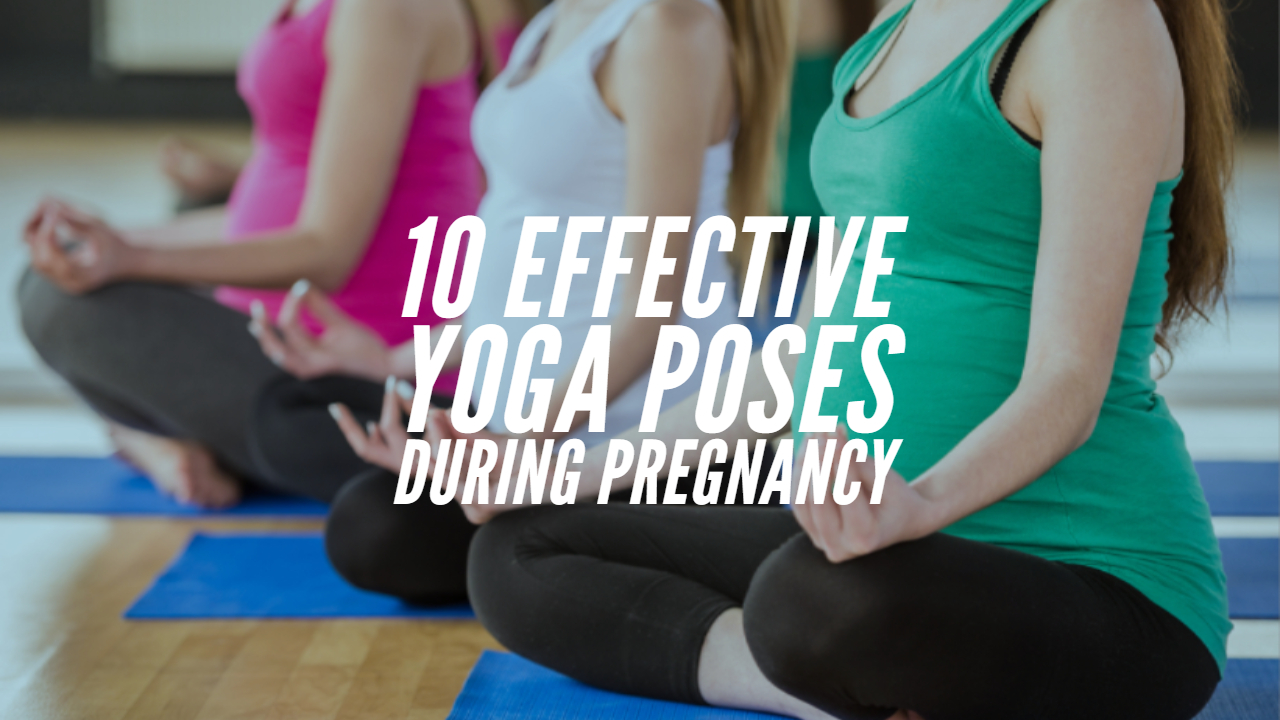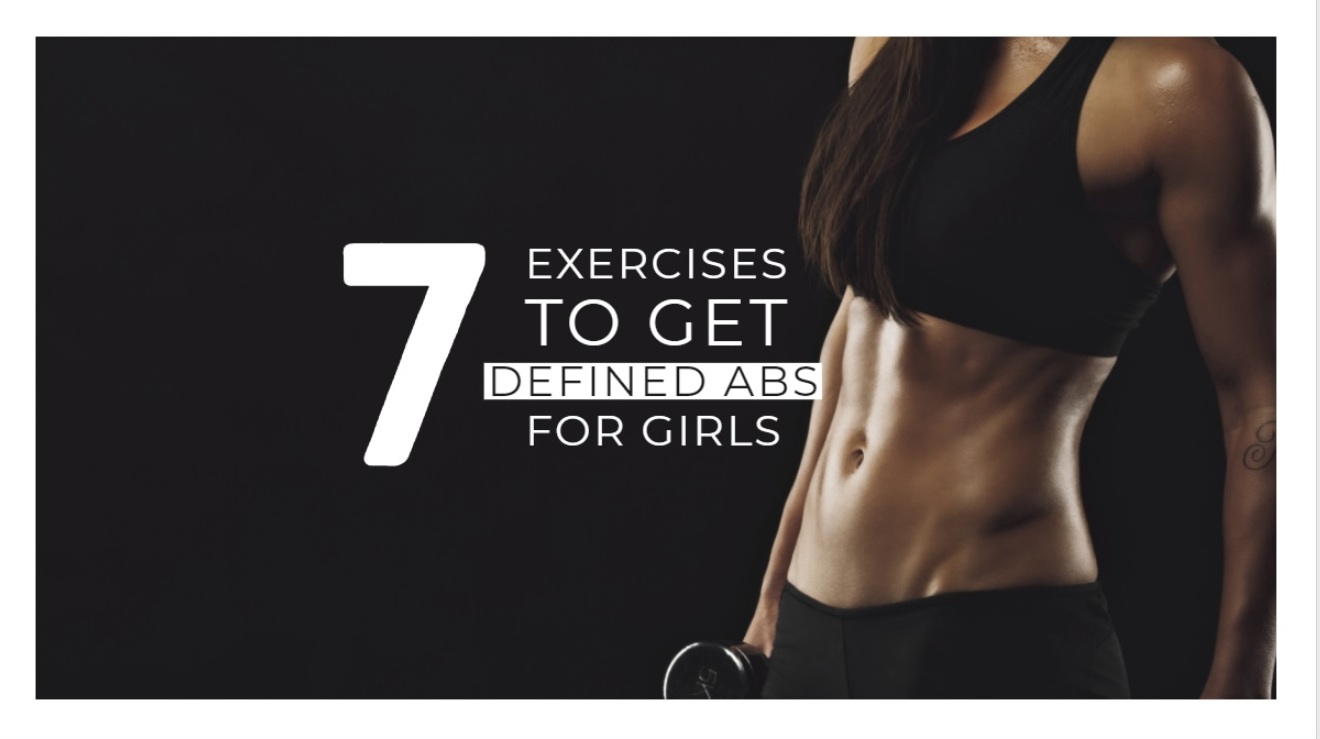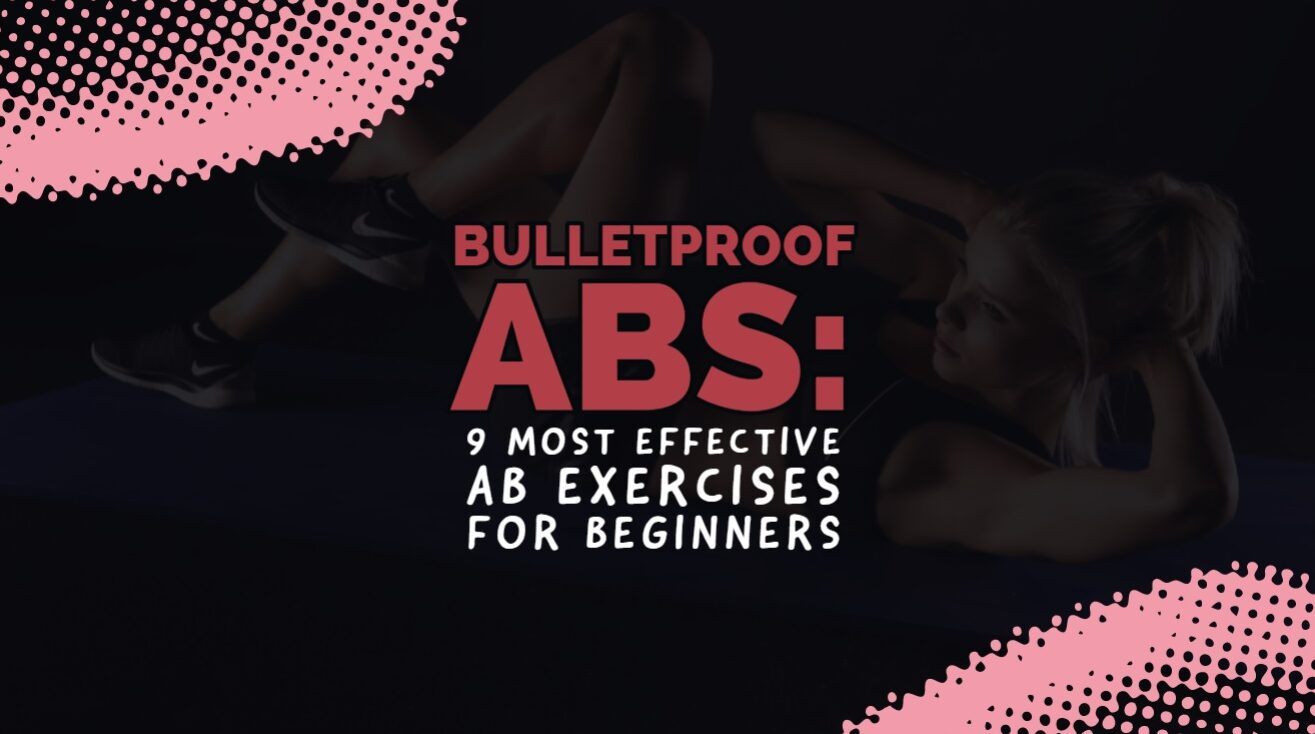In this post, we discuss what happens to your body during gym, here are 8 things that you can relate to yourself.
Hair
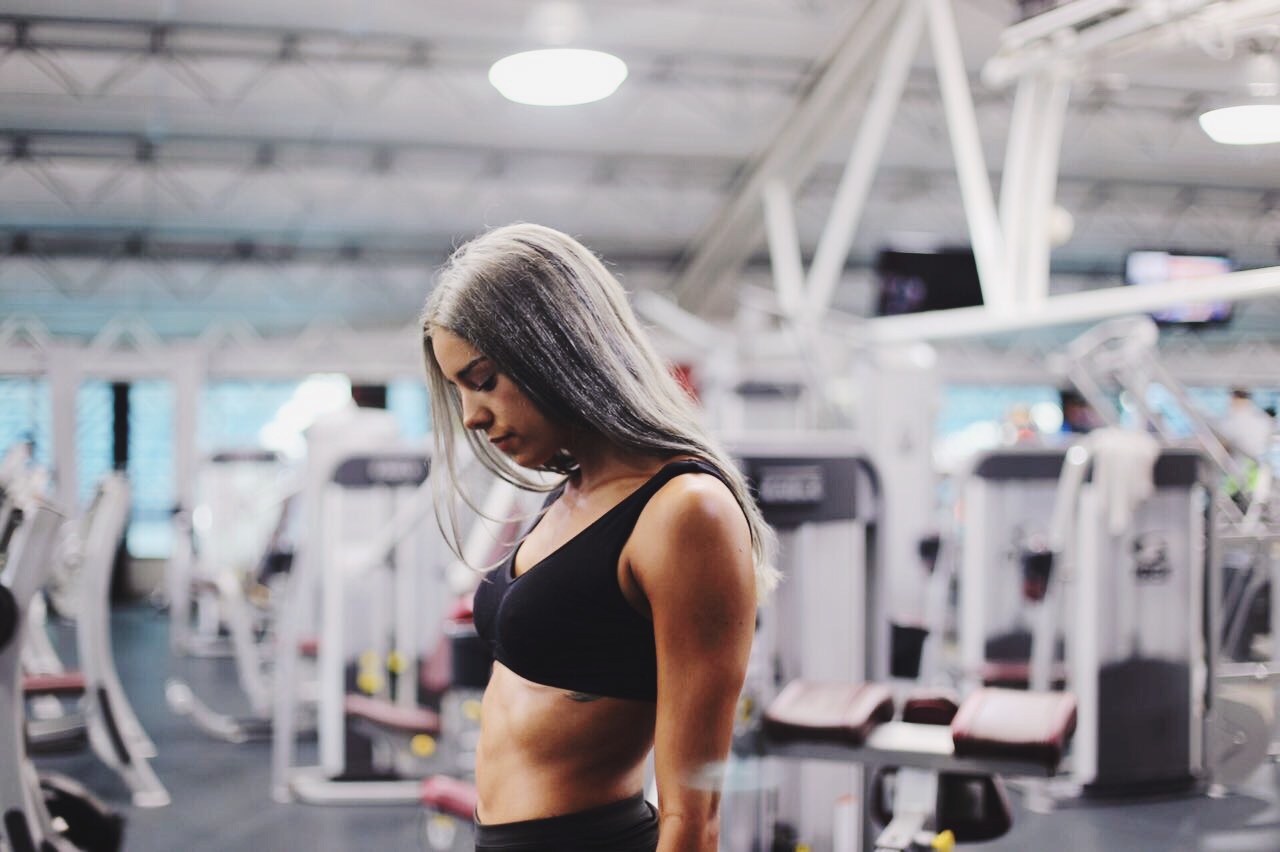
Sweating through exercise flushed out toxins and waste from our body and when we sweat from our scalp, it aids to unclog the hair follicles. This allows enough space for new hair to grow. This also gives nourishment to hair roots which promote healthy hair growth.
In fact, exercising and its effects have been compared to the results of an oil massage since both increase blood circulation and can relax you. Moderate to a high-level cardio activity like cycling, dance, running, yoga, Zumba is beneficial for healthy hair.
While inversion yoga poses like shoulder stands, downward facing dog, sun salutation and headstands are excellent for healthy hair growth. These inversion positions increase blood flow to your scalp and fix hormonal imbalances which contribute to hair loss.
Liver

Located right below your diaphragm, centered in the upper right side of your abdomen is your liver which lies under your ribs. When you’re overweight, this puts a burden on your liver. So by exercising your total body fat is cut down and the fat content in your liver is also reduced as well which decreases the reduction of elevated liver enzymes.
When you exercise, the workouts you do shapes the liver by boosting its capability to drain and fill at its maximum capacity. Through maximizing it circulatory ability, your liver is better able to withstand liver tissue degeneration. A few simple moves to enhance your liver’s health is trunk turning.
Start off by sitting upright with your legs crossed with overlying palms over your lower stomach. Turn your turn to the left and right about fifteen times. Then turn from side to side in a gentle motion. In a centered pose, join your hands and fingers and interlock. Then push your palms forward about eight times.
Joints
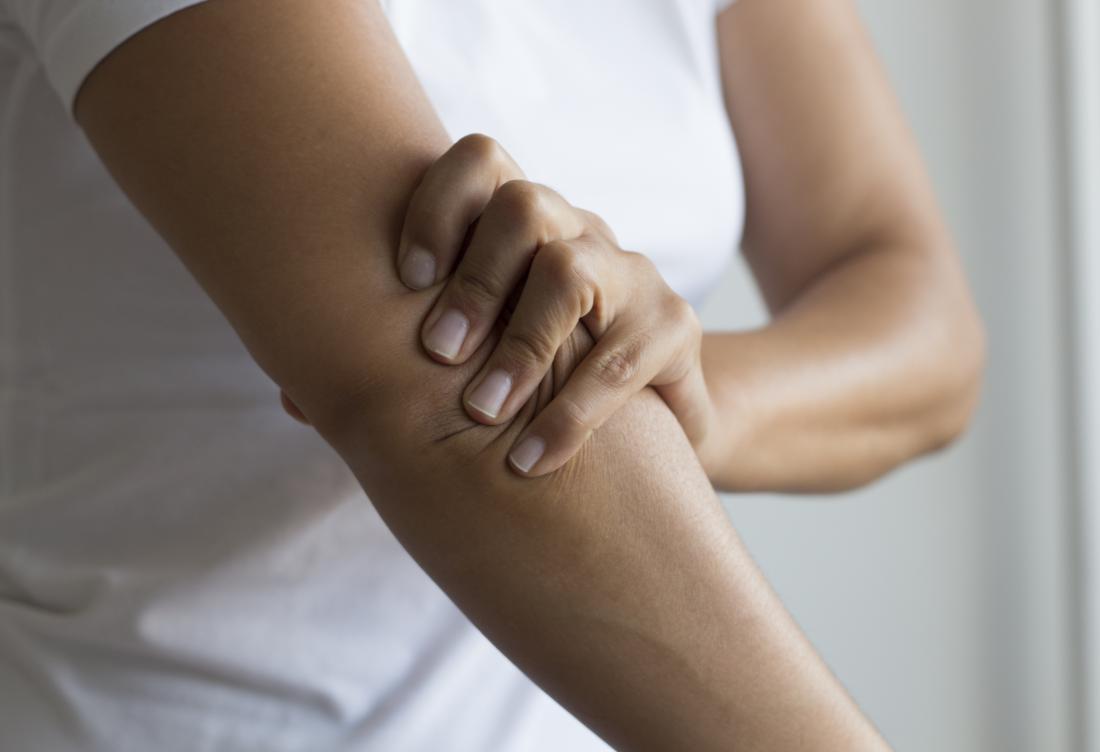
Physical activity puts additional weight on the joints, sometimes even up to five or six times more than your average body weight. Your ankles, elbows, hips, knees, and shoulders all have different roles but works in similar ways. Each joint in your body is surrounded with cushioning tissue called cartilage and the ends of your bones.
The lubricating fluid and soft tissue help to provide easy and smooth motion movements, while your ligaments and tendons supply stability. The cushioning around your joints can begin to degenerate or wear down over time. This is common in people with osteoarthritis so by exercising the tissues become healthy and serve as a brace to protect your joints and lessen the pressure.
Nutrients circulate to the joint since physical activity pushes water molecules out of the cartilage just like a sponge. In addition, cellular waste is eliminated where damaged cells are broken down and destroyed.
Brain

As we age, the formation of new brain cells slows down, and our brain tissue also shrinks. So by exercising, it helps improve brain growth by driving blood flow to the brain. It also promotes memory strength and heightens the body’s production of dopamine and serotonin which are feel-good chemicals.
Exercise can help lift up your mood and can help ease depression and anxiety. Working out also improves the brain’s executive functions which allow us to organize better and focus more on complex tasks. Since brain cells are depleted during times of high stress, physical activity lowers cortisol levels. It is also thought that exercise helps promote new nerve cells in the hippocampus which is connected to producing new memories. This helps eliminate scattered, slow thinking and forgetfulness.
When you work out regularly, exercise triggers the release of neurotransmitter, which causes you to have “runners high” due to endorphins. The pituitary gland alerts the adrenal gland in the brain to pump out these hormones needed for movement.
Back

For most back problems caused by poor posture or minimal movement, exercise and physical activity are natural solutions. Progressive, gradual and controlled exercise rather than bed rest is actually the best long-term fix for reducing back pain.
When you exercise, you are repairing and nourishing spinal structures, which can help aid existing back problems. Exercise and movement keep your back flexible and strong and reduces the risk of injuries and back pain. When you participate in fitness activities, you’re keeping your back healthy by allowing the discs to interchange fluids.
This is how the disc gets its nutrition. A good disc will fill with water and squeeze it out, and fluid trade reduces the swelling in other tissues that naturally happens surrounding injured discs. When there is no exercise involved, the enlargement increases and the disc get degenerated and malnourished. So working out, stretches, repairs and strengthens the muscles supporting your back.
Immune System
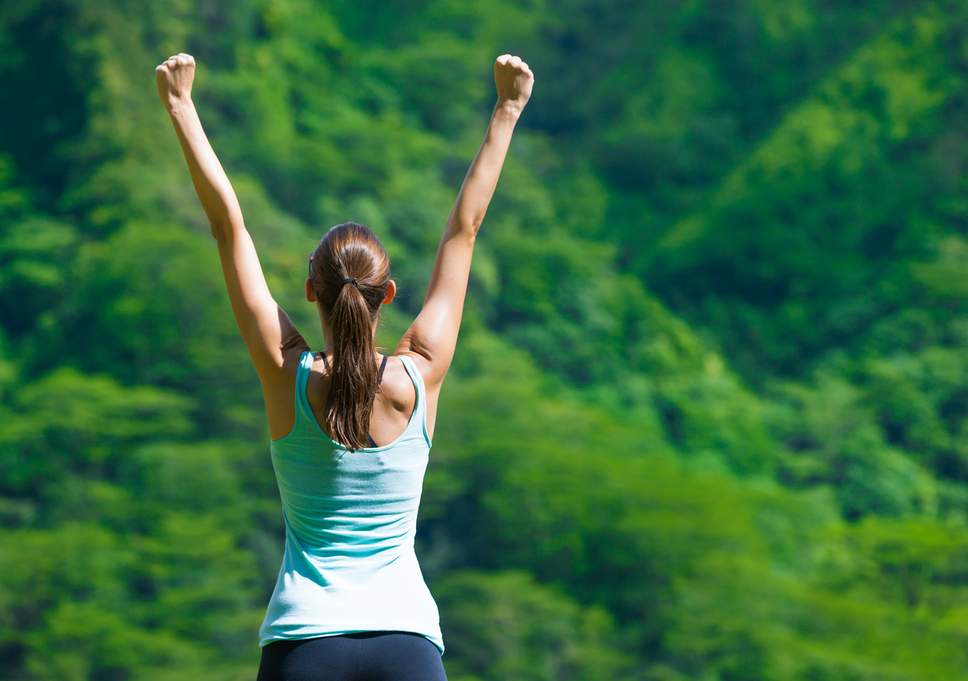
Working out keeps the lymph system in good condition. Your body typically has 500 lymph nodes which are tissues that get rid of metabolic waste. But this waste can’t be removed without the help of nearby muscles. So when your muscles contract during exercise, it puts pressure on lymph nodes that pump out the waste from your body.
Working out also produces white cells in the body and with more white blood cells, means fewer bacteria and viruses. In fact, Ph.D. director David Nieman of the human performance labs of Appalachian State University states that just forty-five minutes of walking every day can reduce the number of workdays you miss due to sickness up to fifty percent.
Waistline

Worried about your love handles? Don’t worry, exercise can make them disappear, but did you know it’s the loss of excess fat buried inside your body that helps your overall looks and vitality? Your body contains two different types of fat. Subcutaneous fat which is the one you can pinch and visceral fat that coats the abdominal organs.
Regular physical activity trains your body to burn visceral fat more efficiently. When you workout, your body produces more mitochondria, where the aerobic metabolism happens. It makes more proteins to boost the transportation of fatty acids into cells that can be converted into energy. This process creates more enzymes that destroy fat.
Hormones
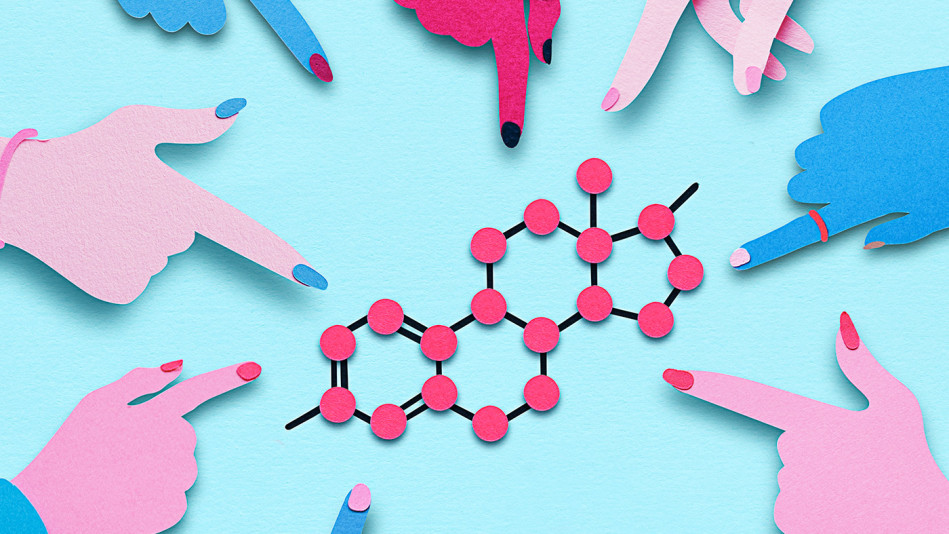
Never underestimate the power of a good sweat. Regular physical exercise can help improve your weight and boost hormone levels. For men, testosterone, which is the hormone that builds bone and muscle growth and increases sex drive rise for fifteen minutes to an hour after exercising. But this varies on your fitness level, age and how intensely you worked out.
Testosterone circulates in the body to create muscle mass. For women, working out can have an impact on estrogen production. Exercising even in small amounts can regulate body weight for healthy levels of fertility and can even help women to sleep better and reduce hot flashes in postmenopausal women.
The exercise hormone called irisin also breaks off and circulates throughout your entire body. A U.K. investigation found that people with more higher levels of irisin in their bodies were more likely to have longer caps at the end of chromosomes that shorten as you get older. This can decrease the risk of Alzheimer’s, cancer and heart disease.
